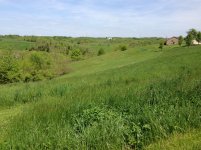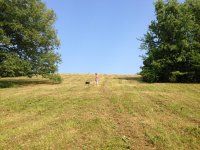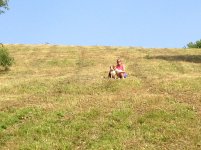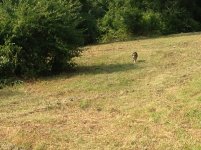Hi,
My take on it is that at the end of the day, calculations are calculations but do not necessarily represent reality, as others have mentioned previously.
The dynamics of one's particular experience is a variable that static calculations cannot take into account.
Static calculations are valuable inasmuch as they show us how to make things better with our tractors. IE, how to increase resistance to a roll over, by setting tires wider, adding ballast and so on.
I think the best we can do is everything that improves our tractor's stability, and maximizes the tractors potential to stay stable when a roll over situation is experienced.
It is important that we do not use calculations of theoretical tip over points to make ourselves more comfortable on slopes. We MUST understand that the dynamics override static theory when operating our tractors.
Calculations are fun, BUT, after you turn your tractor on its side, you come to realize that such things do happen, when in theory they should not.
I would never have expected that sliding a short two foot drop off that I had built up while using my box blade(on nearly level ground) would have resulted in a roll over. Bit it did. Even with foam filled front tires and 75% liquid filled rear tires.
So my advice would be to calculate away, to gain understanding of what will help make the tractor more stable, but NEVER forget that the dynamics of the real world override the calculations of the static theoretical world. I said static...if you can build in dynamics into your model, so much the better. But can you predict what you might encounter on a slope in the worst case? If you can, you may realizes that all the improvements you made will not prevent the worst from happening, if that unpredictable situation comes upon you...





